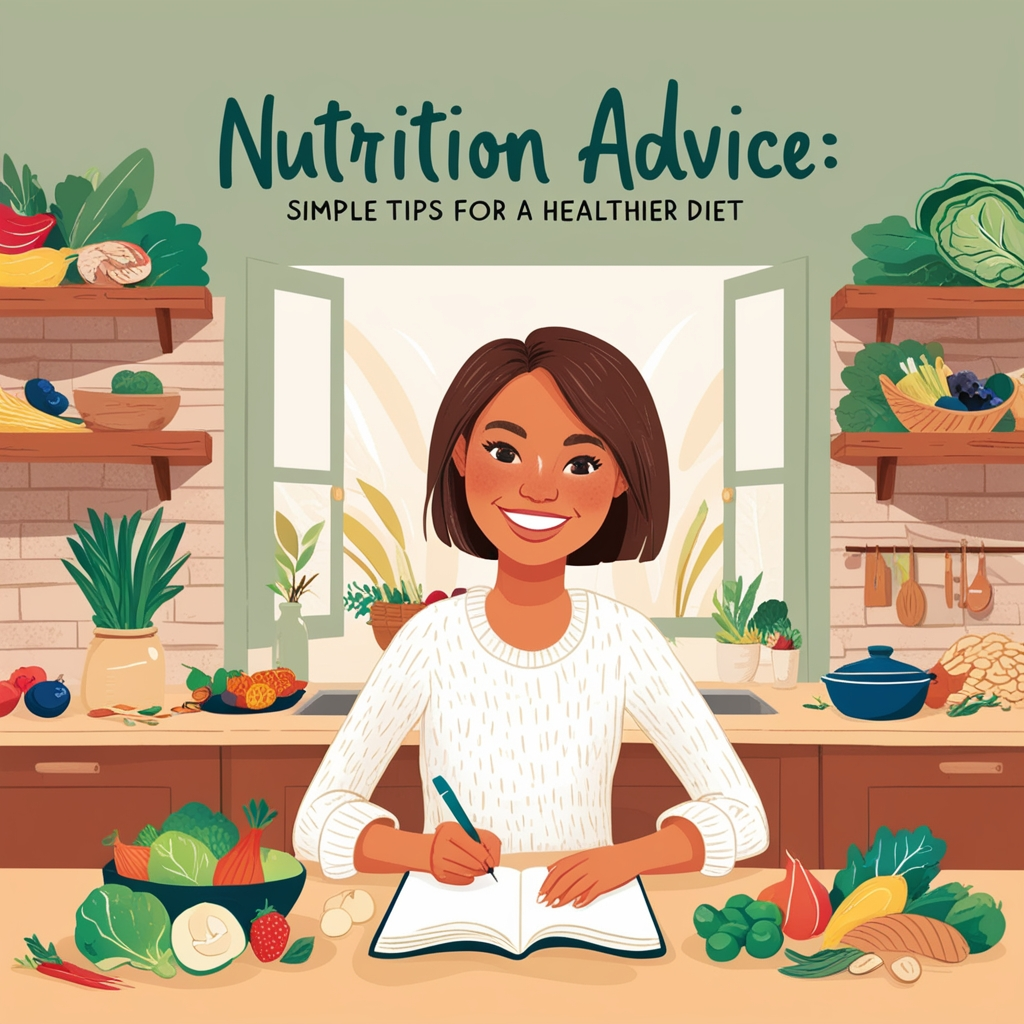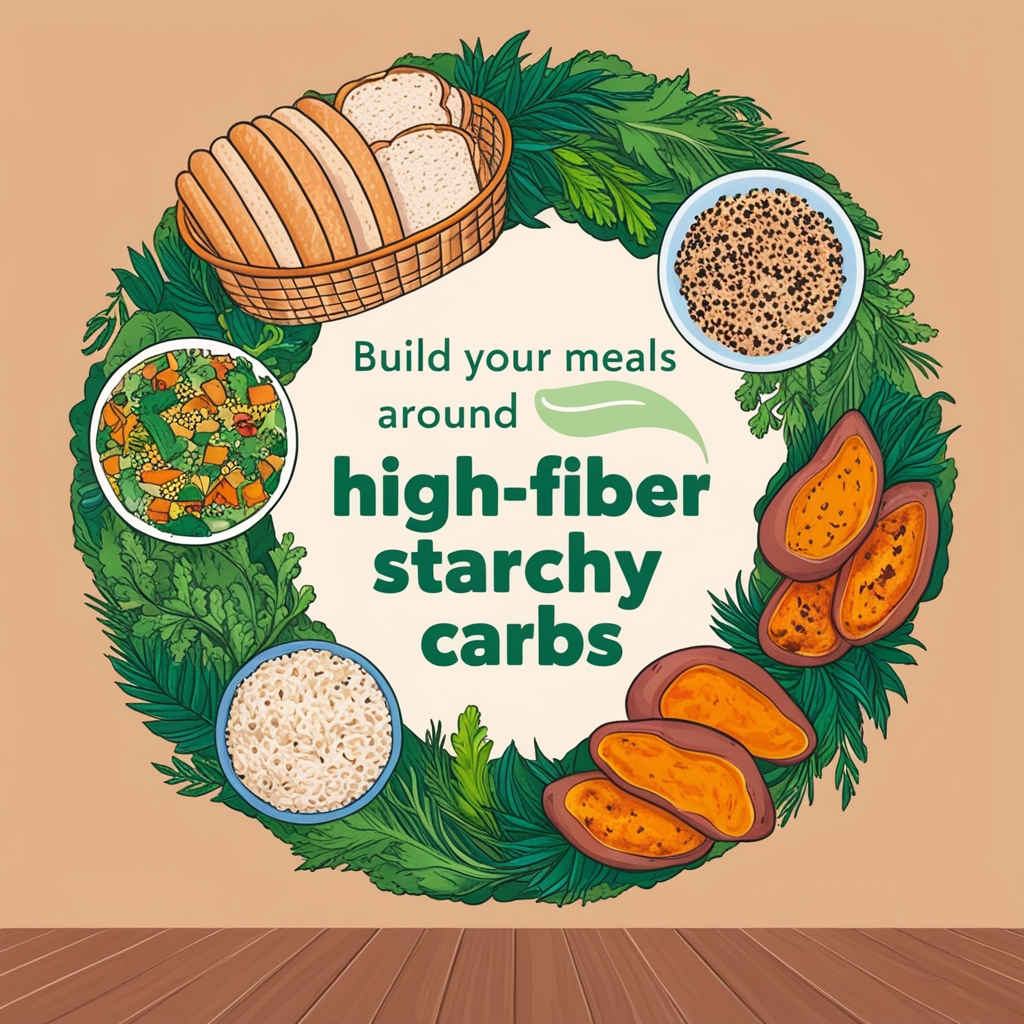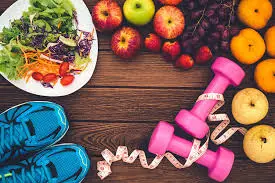Nutrition Advice: Simple Tips for a Healthier Diet When it comes to knowing what’s healthy, even qualified experts often seem to hold opposing opinions. This can make it difficult to figure out what you should actually be doing to optimize your health. Yet, despite all the disagreements, a number of wellness tips are well supported by research.Here are 27 health and nutrition tips that are based on scientific evidence.
8 Golden Rules of a Balanced Die
These 8 practical tips cover the basics of healthy eating and can help you make healthier choices. The key to a healthy diet is to eat the right amount of calories for how active you are so you balance the energy you consume with the energy you use. If you eat or drink more than your body needs, you’ll put on weight because the energy you do not use is stored as fat. If you eat and drink too little, you’ll lose weight. You should also eat a wide range of foods to make sure you’re getting a balanced diet and your body is receiving all the nutrients it needs.
It’s recommended that men have around 2,500 calories a day (10,500 kilojoules). Women should have around 2,000 calories a day (8,400 kilojoules).Most adults in the UK are eating more calories than they need and should eat fewer calories.

1. Build Your Meals Around High-Fiber Starchy Carbs
Starchy carbohydrates should make up just over a third of the food you eat. They include potatoes, bread, rice, pasta and cereals. Choose higher fibre or wholegrain varieties, such as wholewheat pasta, brown rice or potatoes with their skins on.They contain more fibre than white or refined starchy carbohydrates and can help you feel full for longer.Try to include at least 1 starchy food with each main meal. Some people think starchy foods are fattening, but gram for gram the carbohydrate they contain provides fewer than half the calories of fat.

2. Load Up on Fruits and Vegetables
It’s recommended that you eat at least 5 portions of a variety of fruit and veg every day. They can be fresh, frozen, canned, dried or juiced.Getting your 5 A Day is easier than it sounds. Why not chop a banana over your breakfast cereal, or swap your usual mid-morning snack for a piece of fresh fruit?
A portion of fresh, canned or frozen fruit and vegetables is 80g. A portion of dried fruit (which should be kept to mealtimes) is 30g.A 150ml glass of fruit juice, vegetable juice or smoothie also counts as 1 portion, but limit the amount you have to no more than 1 glass a day as these drinks are sugary and can damage your teeth.
3. Incorporate More Fish into Your Diet, Especially Oily Fish
Fish is a good source of protein and contains many vitamins and minerals. Aim to eat at least 2 portions of fish a week, including at least 1 portion of oily fish Oily fish are high in omega-3 fats, which may help prevent heart disease.
Oily fish include:
- salmon
- trout
- herring
- sardines
- pilchards
- mackerel
Non-oily fish include:
- haddock
- plaice
- coley
- cod
- tuna
- skate
- hake
You can choose from fresh, frozen and canned, but remember that canned and smoked fish can be high in salt. Most people should be eating more fish, but there are recommended limits for some types of fish.
4. Reduce Your Intake of Saturated Fat and Sugar
You need some fat in your diet, but it’s important to pay attention to the amount and type of fat you’re eating.There are 2 main types of fat: saturated and unsaturated. Too much saturated fat can increase the amount of cholesterol in the blood, which increases your risk of developing heart disease.On average, men should have no more than 30g of saturated fat a day. On average, women should have no more than 20g of saturated fat a day.
Saturated fat is found in many foods, such as:
- fatty cuts of meat
- sausages
- butter
- hard cheese
- cream
- cakes
- biscuits
- lard
- pies
5. Limit Your Salt Intake to 6g a Day for Better Health
Eating too much salt can raise your blood pressure. People with high blood pressure are more likely to develop heart disease or have a stroke. Even if you do not add salt to your food, you may still be eating too much. About three-quarters of the salt you eat is already in the food when you buy it, such as breakfast cereals, soups, breads and sauces. Use food labels to help you cut down. More than 1.5g of salt per 100g means the food is high in salt. Adults and children aged 11 and over should eat no more than 6g of salt (about a teaspoonful) a day. Younger children should have even less.
6. Stay Active and Maintain a Healthy Weight
As well as eating healthily, regular exercise may help reduce your risk of getting serious health conditions. It’s also important for your overall health and wellbeing. Read more about the benefits of exercise and physical activity guidelines for adults. Being overweight or obese can lead to health conditions, such as type 2 diabetes, certain cancers, heart disease and stroke. Being underweight could also affect your health. Most adults need to lose weight by eating fewer calories.

7. Stay Hydrated and Avoid Dehydration
You need to drink plenty of fluids to stop you getting dehydrated. The government recommends drinking 6 to 8 glasses every day. This is in addition to the fluid you get from the food you eat. All non-alcoholic drinks count, but water, lower fat milk and lower sugar drinks, including tea and coffee, are healthier choices. Try to avoid sugary soft and fizzy drinks, as they’re high in calories. They’re also bad for your teeth. Even unsweetened fruit juice and smoothies are high in free sugar.
8. Don’t Skip Breakfast
Some people skip breakfast because they think it’ll help them lose weight. But a healthy breakfast high in fiber and low in fat, sugar and salt can form part of a balanced diet, and can help you get the nutrients you need for good health. A whole grain lower sugar cereal with semi-skimmed milk and fruit sliced over the top is a tasty and healthy breakfast.
Eating a balanced diet
Nutrition Advice: Simple Tips for a Healthier Diet Eating a healthy, balanced diet is an important part of maintaining good health, and can help you feel your best. This means eating a wide variety of foods in the right proportions, and consuming the right amount of food and drink to achieve and maintain a healthy body weight. This page covers healthy eating advice for the general population. People with special dietary needs or a medical condition should ask their doctor or a registered dietitian for advice.
Add more fruit and vegetables to your diet
Fruit and vegetables are nutrient dense, which means they are packed with vitamins, minerals, antioxidants, and fiber. Focus on eating the recommended daily amount of at least five servings of fruit and vegetables and it will naturally fill you up. A serving is half a cup of raw fruit or veg or a small apple or banana, for example. Most of us need to double the amount we currently eat.
To increase your intake:
- Add antioxidant-rich berries to your favorite breakfast cereal
- Eat a medley of sweet fruit—oranges, mangos, pineapple, grapes—for dessert
- Swap your usual rice or pasta side dish for a colorful salad
- Snack on vegetables such as carrots, snow peas, or cherry tomatoes along with a spicy hummus dip or peanut butter
How to make vegetables tasty
While plain salads and steamed veggies can quickly become bland, there are plenty of ways to add taste to your vegetable dishes. Add color. Not only do brighter, deeper colored vegetables contain higher concentrations of vitamins, minerals and antioxidants, but they can vary the flavor and make meals more visually appealing. Add color using fresh or sundried tomatoes, glazed carrots or beets, roasted red cabbage wedges, yellow squash, or sweet, colorful peppers.
Liven up salad greens. Branch out beyond lettuce. Kale, arugula, spinach, mustard greens, broccoli, and Chinese cabbage are all packed with nutrients. To add flavor to your salad greens, try drizzling with olive oil, adding a spicy dressing, or sprinkling with almond slices, chickpeas, a little bacon, parmesan, or goat cheese. Cook green beans, broccoli, Brussels sprouts, and asparagus in new ways. Instead of boiling or steaming these healthy sides, try grilling, roasting, or pan frying them with chili flakes, garlic, shallots, mushrooms, or onion. Or marinate in tangy lemon or lime before cooking.
